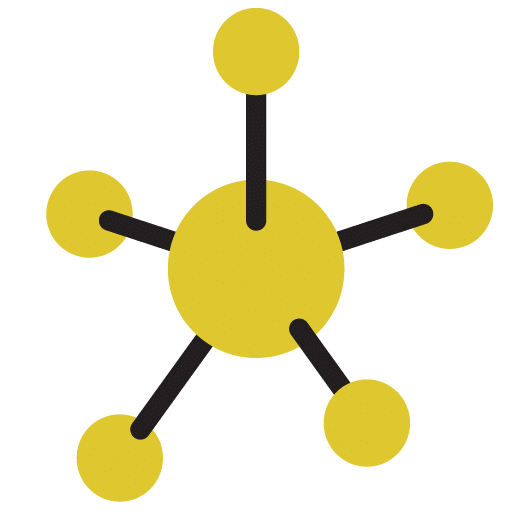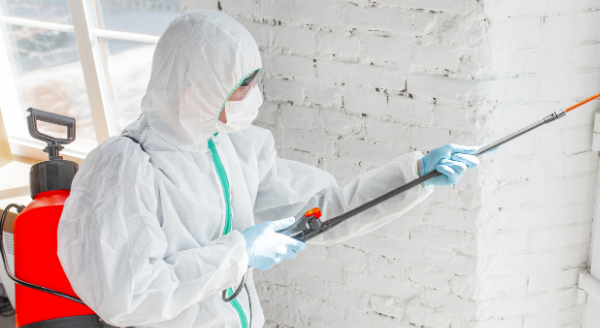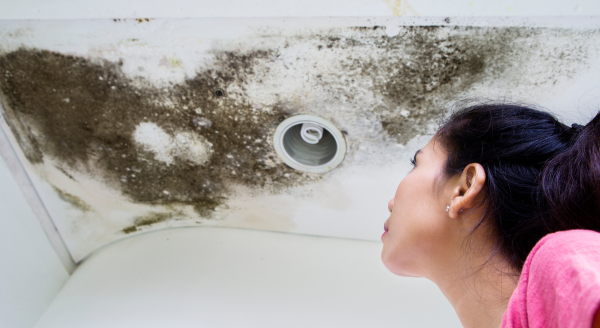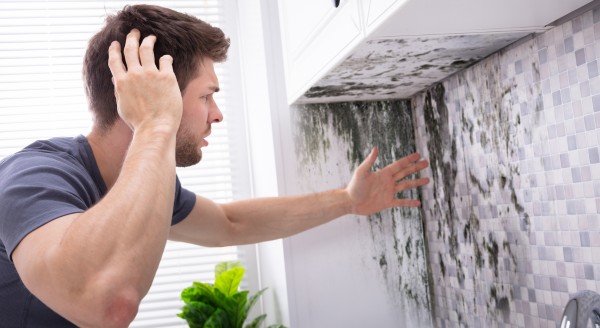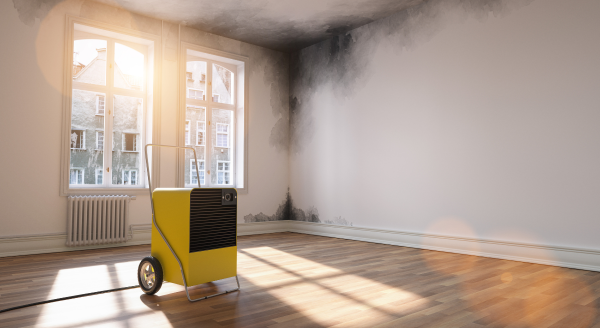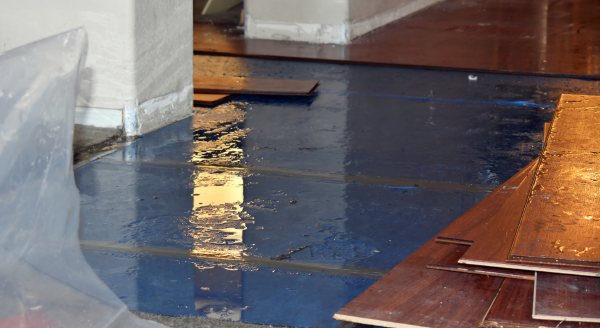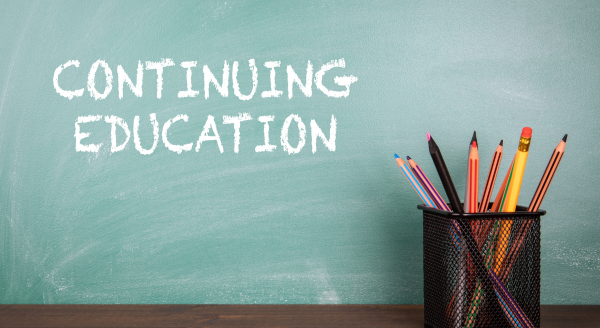If you plan on going into mold assessment or remediation in the state of Florida, it is important for you to understand the standards of practice. What are the legal requirements concerning personal protection, employee safety, and mold removal? Let’s take a closer look.
Florida’s Standards for Mold Assessment and Remediation
Of course, to become fully licensed in the mold business, you’ll have to learn the ins and outs of Florida’s mold laws. Here, we simply want to provide you with an overview of the major factors. The following are 7 highlights concerning Florida’s mold-related standards of practice.
1. Assessment vs. Remediation
According to Florida mold laws, mold assessment (the identification of a mold problem) and mold remediation (the removal of a mold problem) must be performed by different people. In other words, an assessor may not tell a homeowner they have a severe mold problem and then immediately return to take care of it. This prevents homeowners from being taken advantage of.
2. Personal Protective Equipment (PPE)
The mold assessor is responsible for ensuring that every individual “on the job” wears the proper personal protective equipment (according to the OSHA guidelines). Depending on the severity of the mold problem, respirators may be in order. The amount of protective equipment required depends heavily on the level of mold problem (more on that in a minute).
3. Testing and Sampling
For mold assessment, tests taken must be properly documented and preserved according to OSHA (Occupational Safety and Health Administration). You must record the location of the sample, the date, name of the person sampling, and the sampling method. This ensures that no important information gets lost through the cracks.
4. Containment
“Containment” refers to the prevention of mold spreading during the remediation process. Since mold is a fungus that tends to grow and spread, accidentally getting it on another surface defeats the purpose of remediation. Proper containment measures include polyethylene sheeting, HVAC sealing, and ceiling protection. It is the responsibility of the mold remediator to eliminate the mold problem rather than dispersing it.
5. Levels
Depending on a mold problem’s “level,” the measures taken during remediation vary. According to Florida standards, mold problems are Level 1, Level 2, or Level 3, with Level 1 being the least severe. Level 1 refers to a mold problem less than 10 square feet, Level 2 refers to a mold problem between 10-100 square feet, and a Level 3 refers to more than 100 square feet. The level defines what type of personal protection equipment is necessary, what containment measures to take, and what equipment to use.
6. Remediation Methods
Mold remediation methods vary depending on the type of mold as well as its severity. That’s where Florida’s mold-related standards of practice come in. Studying Florida laws tells you how to handle each problem and whether to use a wet vacuum, air vacuum, detergent, etc. Mold removal and cleanup go hand in hand, so it’s important to understand each method and when it is appropriate.
7. Documentation
As with most household services, proper mold documentation is absolutely vital for both mold assessors and remediators. Estimates, samples, cleanup methods, containment measures, etc. all need to be written down for both accountability and legal purposes.
Want to Become a Mold Assessor?
If you aren’t sure how to go about taking classes or the licensing examination, call us today. The National Environmental Training Institute (NETI) is a state-certified training company offering Mold Remediator and Mold Assessor training. NETI also offers continuing education units (CEU’s), certification, and licensing.
